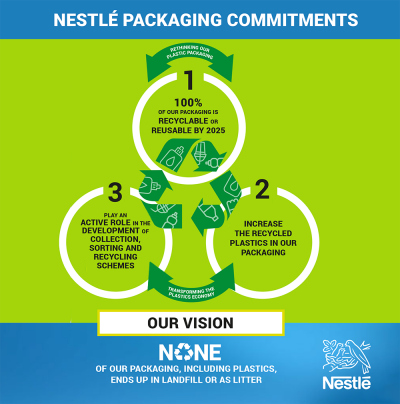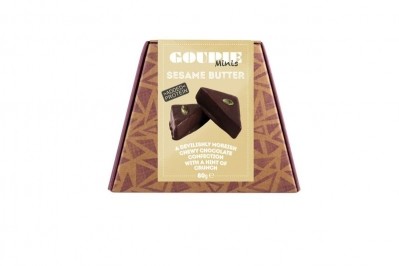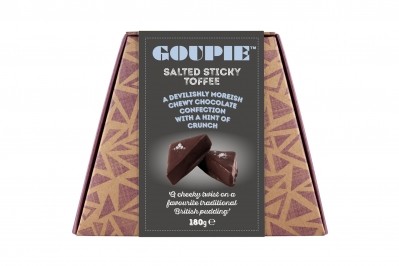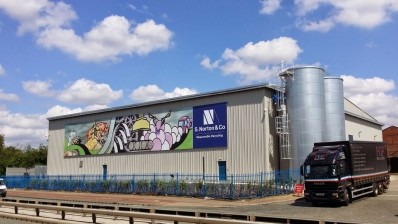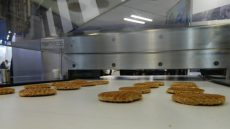Pros & cons of lightweight/sustainable packaging: ProSweets 2018
‘Is lightweight, recyclable packaging a double-edged sword?’
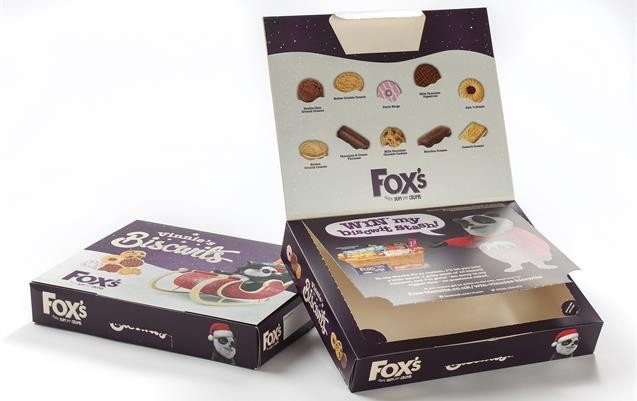
However, lightweighting and shelf-ready packaging can also expose delicate products such as biscuits to damage - outweighed by extra pallet and shrink-wrap costs.
How to reduce waste
There are also reports that even though a packaging says it is sustainable this is not always the case because certain elements of a pack are not always 100% recyclable.
ConfectioneryNews will discuss this and more at its roundtable discussion ‘How to use lightweight packs & recyclable materials in confectionery’, at ProSweets 2018 ‘Speakers Corner’ (Hall 10.1, stand D8) in Cologne, Germany, on Monday, January 29, 2pm-2.45pm.
Four experts will discuss the pros and cons of the topic in a 45-minute debate, which is free to attend for ISM and ProSweets ticket holders.
“We chose our current packaging based on the fact it is fully recyclable and to keep the quantity of packaging to the absolute minimum, whilst adhering to food packaging regulations. We are also currently in the process of looking at flow-wrapping options and have considered a lighter-weight plastic ‘pouch’ style in the past,” said Grace Simpson, brand manager, Goupie, hand-made chewy chocolate confectionery, based in the UK.
Simpson said her role as a supplier involves balancing what the consumer wants with cost effective solutions and satisfying the company’s ethical stance.
“We are always looking at our supply chain to reduce the amount of waste we produce and streamline the process at the same time. At this point in time, our next product looks to be some form of flow-wrapping,” she said.
“We’ve been looking at how we can afford to do this whilst using a sustainable material. In our current packaging, we do not use glue and all our components are completely recyclable but our biggest challenge is how can we replicate this moving forward and scale up our machinery with options available on the market at the moment.”
Simpson said consumer trends suggest they want more sustainable packaging but questions how closely people really look at their packaging and how much value does it really add.
She added, with food this is an even bigger challenge because the product must be in a completely sealed, food-grade package, which adds another component and yet more packaging waste.
“We’re also witnessing high demand from retailers for shelf-ready and quality packaging. Many couriers do not treat your product with care, and so the packaging has to protect the product from a reasonable amount of movement,” she added.
Cautionary tale
Tom Egan, vice president, Industry Services, PMMI, the Association for Packaging and Processing Technologies agrees with Simpson.
He said as good as lightweight packages are, the most important aspect of packaging is to protect the product from the production facility through to use by the consumer. Packaging also needs to promote the product, provide information on the front and back and its use, plus identify the product throughout the supply chain.
“One cautionary tale is of Billa supermarket in Germany, which has stores in nine European countries. It came under fire for selling peeled bananas on plastic trays covered in plastic wrapping,” said Egan.
“The intent was to extend shelf life – sustaining the fully grown product with all manufacturing costs already invested. However, customers raised concerns over the unnecessary excess packaging.”
Egan pointed to a rise in alternative sustainable packaging such as seaweed coating or Plantic Technologies, whose eco plastic is predominately made from cornstarch and produced as extruded sheet or resin granules, sold to materials and packaging companies globally.
The material can be thermoformed, injection molded, extruded, and blow molded and can be used for both rigid and flexible packaging. 80% of the total structure is made from cornstarch, while the skin layers are primarily PE and PP.
According to Plantic, because of the material’s exceptional oxygen and carbon dioxide barrier, it is especially suitable for packaging of fresh food products such as meat, chicken, fish, fresh salads, and fresh pasta.
Pointing to the Global Food Forum last year, Egan said there was one discussion about the how an increasing world population will result in increased food production and demand for improved packaging. “Sustainability of the packaging used was a significant discussion element,” he said.
One company that focuses on fresh fibre paperboard from sustainably managed forests is Metsä Board.
Stefan Kranz, sales director, Metsä Board, will be joining the ProSweets discussion to talk about how lightweight paperboards have lower environmental impacts, as they consume less energy, water and raw material and decrease transport weights across the value chain and less waste at the end of the lifecycle.
The company currently has several projects underway at its Metsä Board mills, which hold PEFC and FSC chain-of-custody certificates, to improve their efficiency further. For example, its Simpele mill recently integrated the FSSC 22000 food safety system into its management systems and it is now looking to expand this system to its other mills which hold ISO 22 000 certificates.
“The EU’s Circular Economy Package encourages the use of renewable and bio-based materials. Already the recycling rate for paper and board based packaging is notably higher than that for plastic packaging in Europe,” said Kranz.
“A continuous inflow of fresh fibre is needed to keep the recycling loop running. Lightweight paperboard made from fresh fibres is the perfect answer to the requirements of a circular economy.
“Especially in food packaging it is of utmost importance that the packaged food stays intact. The fresh fibres that we use are naturally pure and traceable to their origin.”
Finally, Jesús Martin, key account manager, ITENE (Packaging, Transport and Logistics Research Center) Madrid, says manufacturers need to find a balance on adequate use of packaging. Too much can drastically increase packaging costs whereas not enough packaging can increase costs related to product damage and food waste.
“Here at ITENE, we fully agree that flexible packaging is growing due to its good properties (ie lightweight, affordable, sustainable). Flexible packaging might be useful for certain products, but one has to consider that the protection offered by flexible packaging may not always be right and lead to overpackaging,” he said.
“Overpackaging generates extra cost. At ITENE we are working hard to find alternative packaging for products. One drawback is that some lightweight packaging is multilayer, which hinders its recyclability.
“Eco-design, recyclability, packaging optimization, active and intelligent packaging are fields which contribute to finding the perfect equilibrium to reduce packaging costs.”
Martin said ITENE is working on projects to develop monolayer polymers which can offer the same properties as multilayer materials and is looking at the processes for recycling multilayer plastic materials, since not all packaging polymers can be monolayer.
ProSweets trade fair will be held in conjunction with ISM from January 28-31, 2018 in Cologne Germany. ConfectioneryNews and BakeryandSnacks will be hosting two events in Speaker’s Corner at the show; ‘The power of plants in snacks and confectionery’ (Sunday, January 28, 12noon) and ‘How to use lightweight packs & recyclable materials in confectionery’ (Monday, January 29, 2pm). Open to all.




